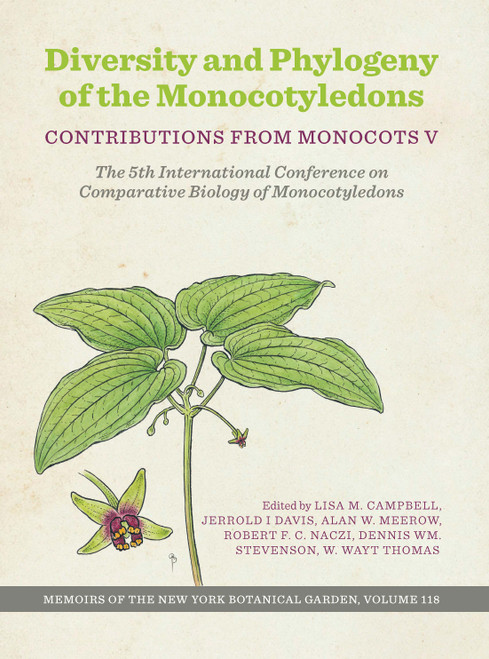This purchase only includes chapter 2 of this title.
The classification of the subtribe Sporobolinae containing the following six genera is poorly understood: Calamovilfa (five species endemic to North America), Crypsis (11 species endemic to Asia and Africa), Psilolemma (one species endemic to Africa), Spartina (17 species centered in North America), Sporobolus (186 species distributed worldwide), and Thellungia (one species from Africa and Asia). The goal of this study was to reconstruct the evolutionary history of the Sporobolinae using molecular data with increased species sampling. Most species in this subtribe have spikelets with a single floret, one-veined (occasionally three-veined) lemmas, a ciliate membrane or line of hairs for a ligule, and fruits with free pericarps (modified caryopses). A phylogenetic analysis was conducted on 161 species (250 samples), of which 134 species were in the Sporobolinae, using nuclear rITS (ribosomal internal transcribed spacer region) 1 and 2 sequences to infer evolutionary relationships. The maximum likelihood phylogram provides moderate support for a paraphyletic Sporobolus that includes Calamovilfa, Crypsis, Spartina, and Thellungia. The subtribe Zoysiinae (Urochondra and Zoysia) is sister to a highly supported Sporobolinae where the Psilolemma jaegers–Sporobolus somalensis clade is sister to the remaining species of Sporobolus s.l. Within Sporobolus s.l. there are 15 major clades, of which 12 are strongly supported, two are moderately supported, and one is unsupported. A complete generic classification of the subfamily Chloridoideae is given.MEM 118 C02-Molecular phylo. of Sporobolinae & classification of Chloridoideae.
MSRP:
Was:
Now:
(Inc. Tax)
MSRP:
Was:
Now:
$4.99
(You save
)
Write a Review

Write a Review

MEM 118 C02-Molecular phylo. of Sporobolinae & classification of Chloridoideae.
- SKU:
- UPC:
- lastUpdated:
- 08/08/2020 02:11:16

Add to Cart
The item has been added
MEM 118 C05-Comp. biol. of aloes & related genera in context of phylo. evidence.
MSRP:
Was:
Now:
(Inc. Tax)
MSRP:
Was:
Now:
$4.99

Add to Cart
The item has been added
MEM 57 C02-Morphology and Systematics of the Cycadales.
MSRP:
Was:
Now:
(Inc. Tax)
MSRP:
Was:
Now:
$4.99

Add to Cart
The item has been added
Evolution, Variation, and Classification of Palms. Mem (83)
MSRP:
Was:
Now:
(Inc. Tax)
MSRP:
Was:
Now:
$15.00

Add to Cart
The item has been added
MEM 97 C22-Molecular Systematics in Amorphocerine Weevils on Encephalartos.
MSRP:
Was:
Now:
(Inc. Tax)
MSRP:
Was:
Now:
$4.99

Add to Cart
The item has been added
MEM 106 C02-Cycad Aulacaspis Scale Invades the Mariana Islands.
MSRP:
Was:
Now:
(Inc. Tax)
MSRP:
Was:
Now:
$4.99

Add to Cart
The item has been added
MEM 117 C02-Anatomical Description of Ceratozamia mexicana & Zamia furfuracea.
MSRP:
Was:
Now:
(Inc. Tax)
MSRP:
Was:
Now:
$4.99

Add to Cart
The item has been added
MEM 118 C12-Biodiversity and distribution of Iridaceae in Italy
MSRP:
Was:
Now:
(Inc. Tax)
MSRP:
Was:
Now:
$4.99

Add to Cart
The item has been added
MEM 97 C02-Ex situ Conservation of Cycads at the National Botanic Garden, Cuba.
MSRP:
Was:
Now:
(Inc. Tax)
MSRP:
Was:
Now:
$4.99

Add to Cart
The item has been added
MEM 118 C08-Morphological misfits and character. EVO Pandanales
MSRP:
Was:
Now:
(Inc. Tax)
MSRP:
Was:
Now:
$4.99
!

